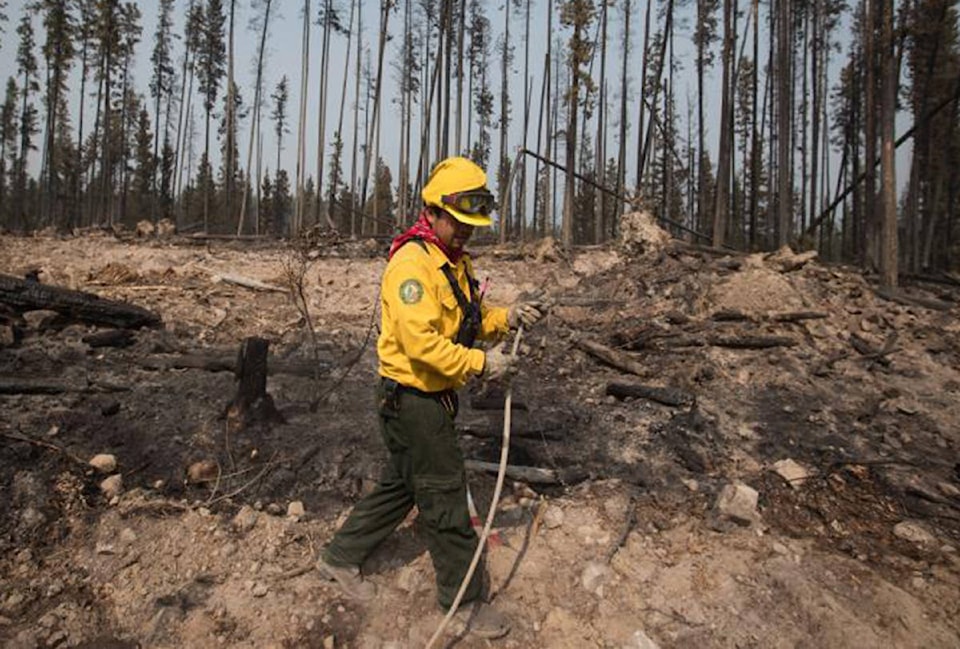The BC Wildfire Service is keeping a close eye on the relatively warm and dry weather conditions which can increase the likelihood of wildfires.
“As the summer approaches the Northwest Fire Centre is certainly paying attention to indices that measure moisture content in fuel available to burn; such as fine fuels, leaf litter and ground cover as well as the moisture content in the larger fuels both above and below ground. These are good indicators of how aggressive a fire will burn if one should start. Even as the temperature rises and conditions are favorable for fires, an ignition source still has to be present, fires are either started by lightning or are human caused,” as Carolyn Bartos, fire information officer for the Northwest Fire Centre (NWFC) told Lakes District News.
In its June 7 and 21 reports, the BC River Forecast Centre showed that warm weather has caused early snowmelts, and reduced streamflows and river levels in the Interior.
READ MORE: Below normal snowpack level persists
READ MORE: Streamflows levels lower than normal, report says
The centre stated, in its most recent report that “in some areas streamflow is approaching or exceeding record lows for this time of year.”
The NWFC closely follows those findings, Bartos said, adding that drought conditions range from dry to very dry in areas throughout the NWFC.
“The BC Wildfire Service Predictive Services Unit is predicting less-than-normal rainfall over the next few months in most regions including the coast, southwest, southern interior, and the far north.”
That unit has also called for above average temperatures across B.C. for June, Bartos said.
The good news is that fire activity in the NWFC is low for the time being, and temperatures are expected to return to near normal levels for July and August in the northern part of the province.
In addition, Bartos explained that weather drives both the fire season and NWFC staffing considerations. In that regard, the fire centre has made efforts to be prepared for possibly warmer and drier weather and the risks it brings.
In May, the service expanded the size of its initial attack crews. The Burns Lake branch increased its numbers from two to three crews, and Houston now has two five-person crews. In total there are now seven new firefighters in the zone.
LOOK BACK: Houston get more initial attack crews
Blair McBride
Multimedia reporter
Send Blair an email
Like Lakes District News on Facebook
